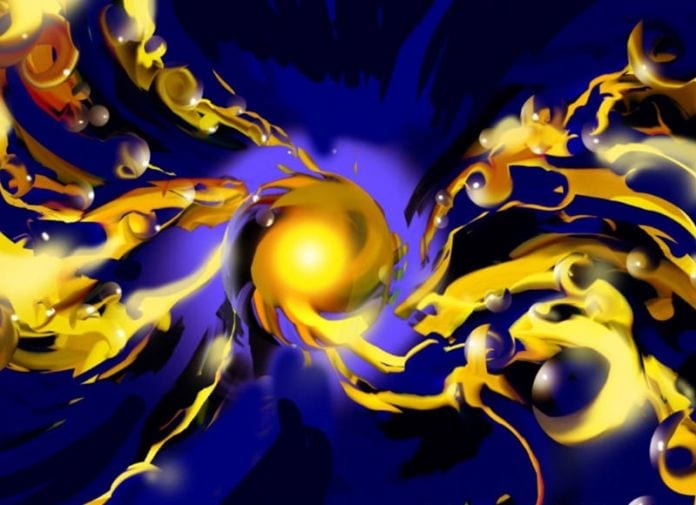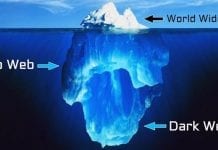When the nano engine is heated to a reliable temperature with a laser, it reserves large amount of elastic energy in a fraction of a second, as the polymer coatings removes all the water from the gel and slump. It also has the effect of forcing the gold nanoparticles to bind together into tight clusters. Also, when the device is cooled, the polymers take on water and enlarge and after that nanoparticles are strongly and rapidly propelled separately. “It’s like an explosion. We have hundreds of gold balls flying apart in a millionth of a second when water molecules inflate the polymers around them,” said Tao Ding from University of Cambridge in the UK. “We know that light can heat up water to power steam engines. But now we can use light to power a piston engine at the nanoscale,” said Ventsislav Valev, now based at the University of Bath. Building nanomachines have been fantasy of scientists including people. Nanomachines have been developed but there isn’t any available technology which could make them move, these are currently under the shadow of science fiction. The latest method is not complicated and can be immensely quick and exert large forces, researchers claimed. The researchers claimed that the devices are cost effective to manufacture, bio compatible, fast to respond, and energy efficient. The leader of the research, Jeremy Baumberg from the University of Cambridge has dubbed the devices as “ANTs” or actuating nano transducers. “Like real ants, they produce large forces for their weight. The challenge we now face is how to control that force for nano-machinery applications,” Baumberg said.
Δ



